[EN/PT] Quail breeding and handmade hatchery
[EN]
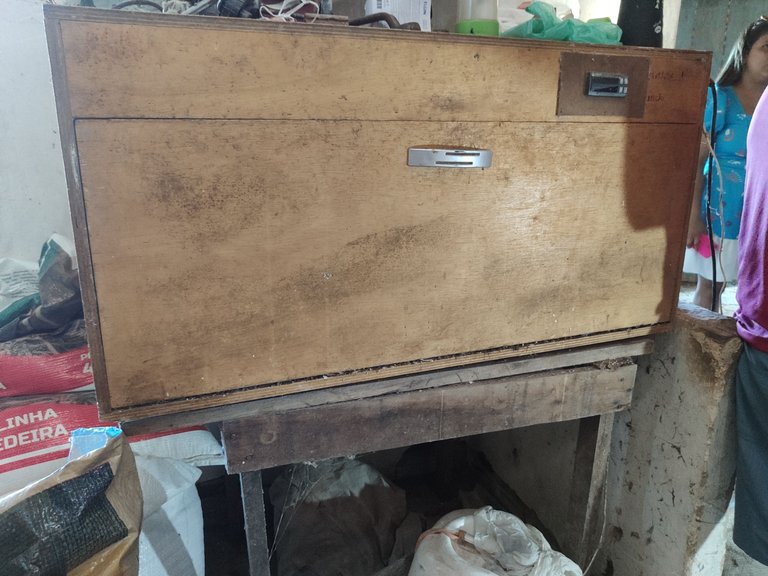
This weekend I was in the countryside to make some adjustments to the brooder I developed for my uncle. This brooder has been around for over 4 years, and in all that time I've rarely had it serviced.
About 4 years ago I was excited about making my own brooder, because my uncle had approached me saying he was interested in raising quails, but the biggest difficulty would be buying a brooder.
Well, doing a lot of research, I saw that it was possible to make a brooder with a thermostat, which is an electromechanical on/off sensor connected in series to an electrical resistor that generates heat. This is the simplest way to make a brooder.
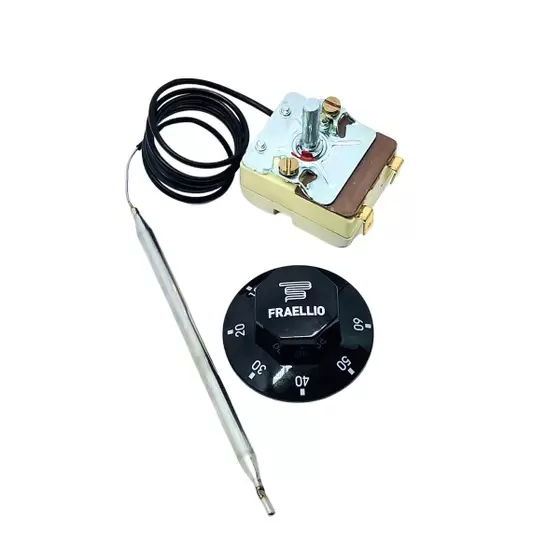
However, at the time I wanted to explore my knowledge of microcontrollers. So why not make a brooder with a programmable mini-computer that turns an electromechanical relay on and off based on temperature and humidity readings? What's more, it's possible to add other functions such as turning the eggs at specific times. So I used Arduino to do this task by designing the hardware and software.
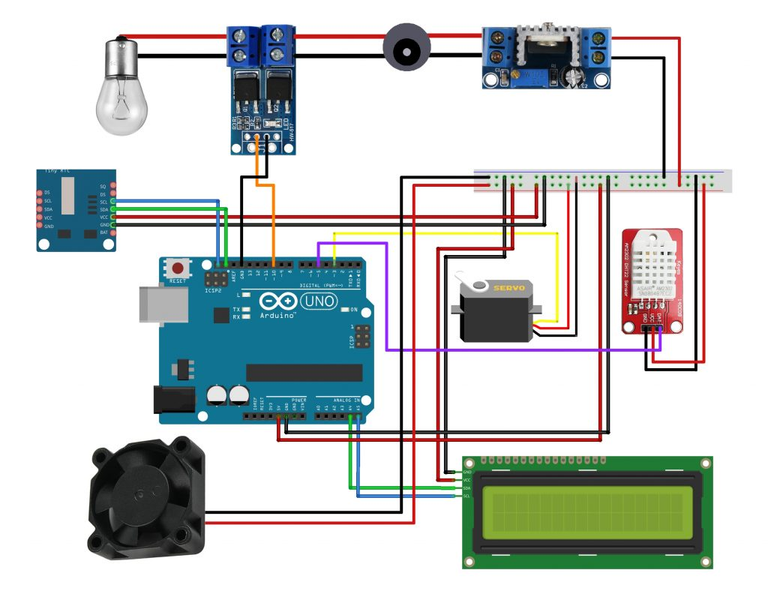
Using a sheet of plywood, I made the brooder measuring about 1.20 meters long by 0.60 meters high and 0.80 meters deep. I used an aluminum frame from an old door for the grille. At the time, it was a lot of work to put the whole thing together, but it worked.
The problem was that on some occasions the Arduino would lock up the code and the temperature would rise too much, cooking the eggs, which were being incubated. During this period of tinkering, looking for the best way to solve the problems after a few months of headaches, I decided to buy a controller on Aliexpress with PID (Proportional Integral Derivative) technology.
I'm using an On/Off temperature and humidity control, whereas this controller uses a control in which both the temperature and humidity resistors are never switched off, only by decreasing and increasing the power of the resistors over time. It's the same principle as the new Inverter air conditioners.
After this upgrade my problems have been solved and even the egg hatch rate has increased. Before it was less than 50%, now the rate is close to 70%. My uncle is very fond of this brooder and he lays chicken and quail eggs. This incubator has a capacity of 300 quail eggs or 150 chicken eggs, but it can be expanded to double that, as it has plenty of space.
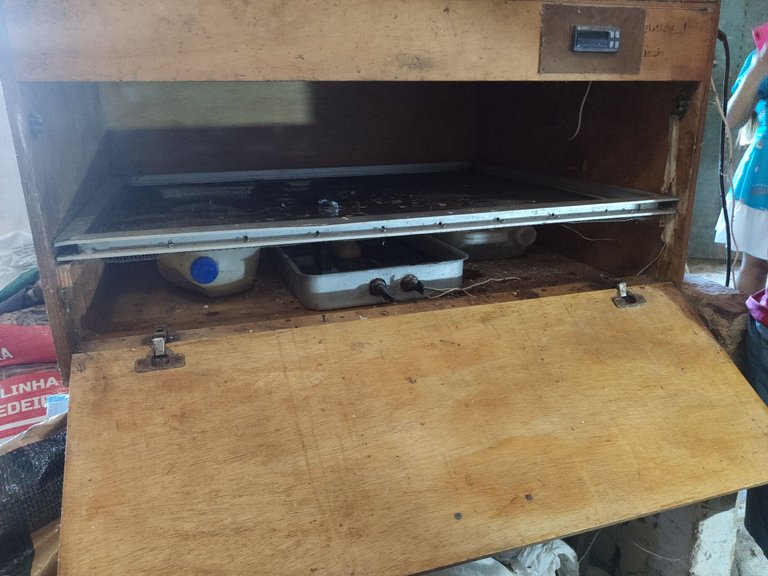
These are quails in their first week of life. As they don't have many feathers, they need to be in a room where the temperature is always around 33 ºC so that they don't freeze to death or get trampled, as they huddle on top of each other to keep warm. That's why we use an incandescent light bulb to warm them up.
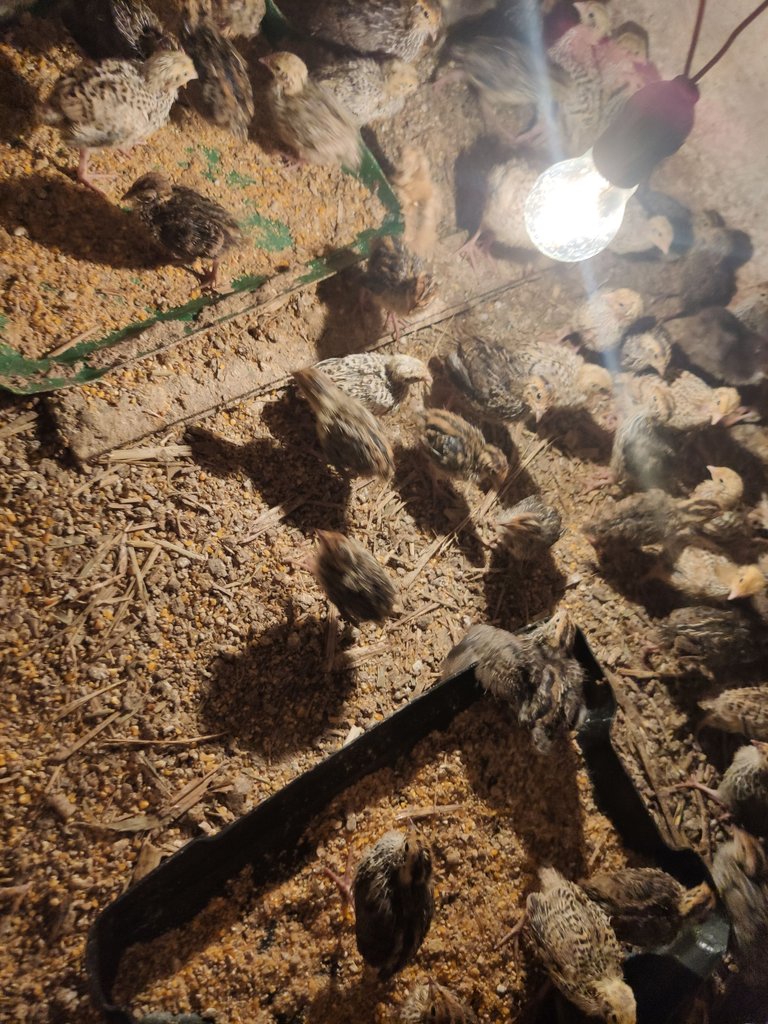
In the picture below we see a mixture of chicken and quail chicks after their first week of life. They no longer need any kind of heating. After a few weeks, the chickens go to my farm and the quails stay in cages, where they lay eggs.
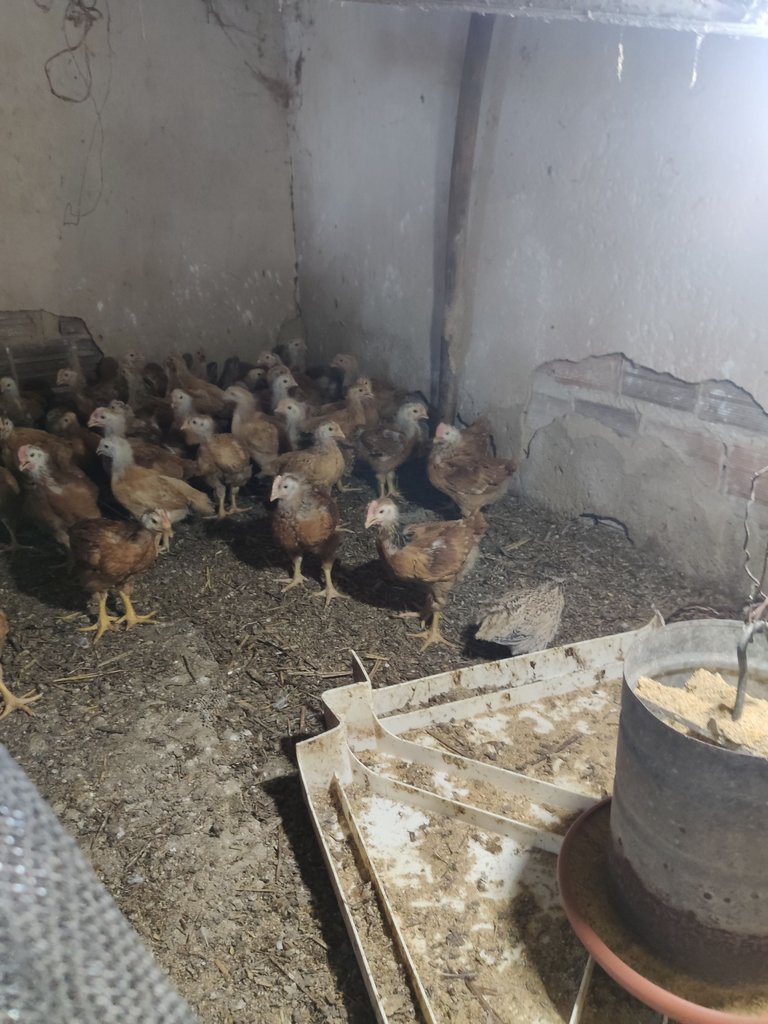
Here are the quails in their adult phase - their life is basically just eating, sleeping and laying eggs. On average, each quail lays one egg a day; some lay up to two eggs, but these are exceptions. He uses these eggs to sell and pay for the sacks of corn. They are small animals, but they eat a lot.
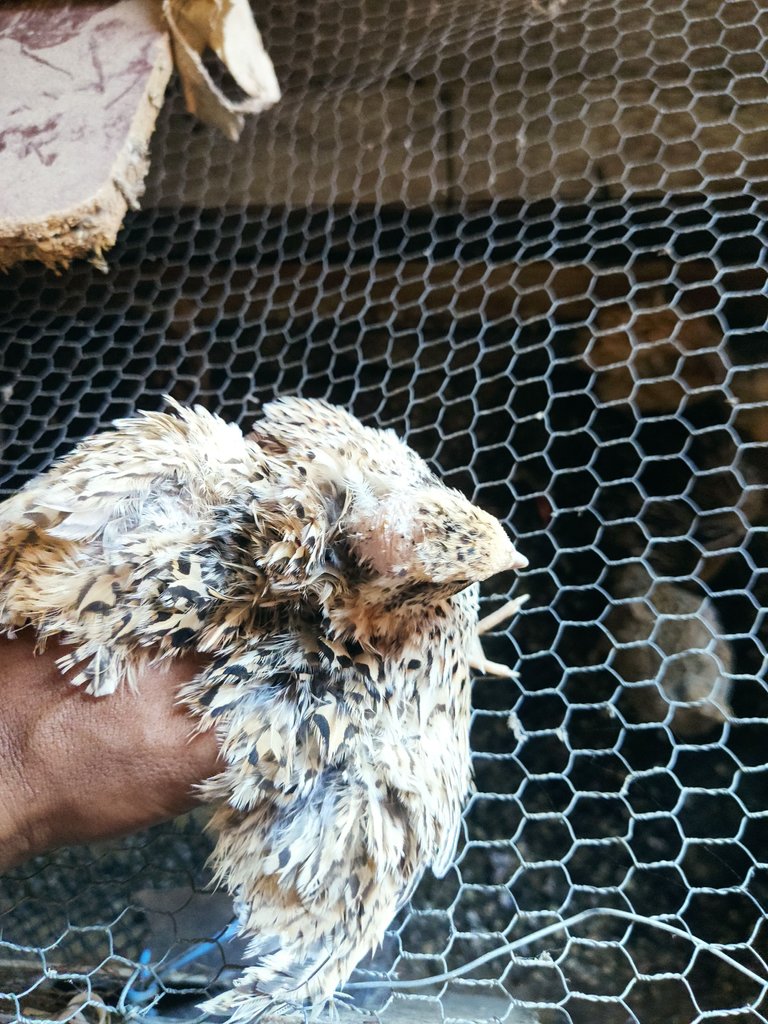
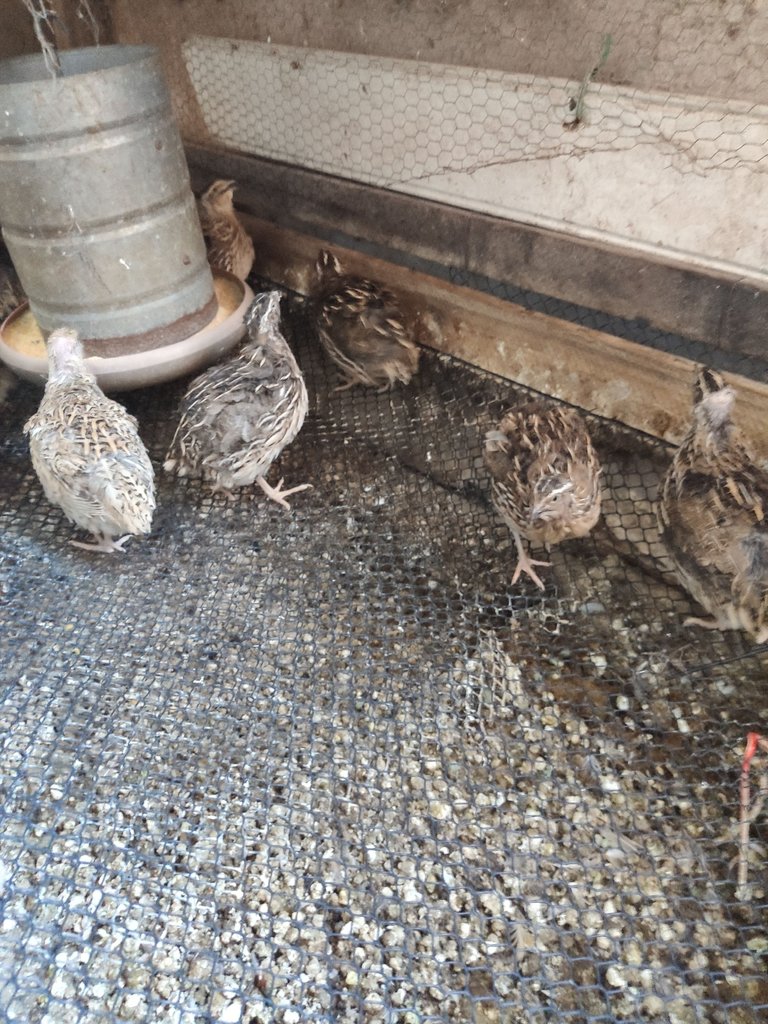
I hope you enjoyed my uncle's quail farm. He used to have a considerable number, but he's now reduced that number because the costs and work aren't paying off.
Images: Own archive

[PT]

Esse final de semana estive na roça para fazer alguns ajuste na Chocadeira que desenvolvi para meu tio. Essa chocadeira já tem mais de 4 anos durante todo esse tempo raramente fiz manutenções.
Há cerca de 4 anos atrás eu estava empolgado para fazer minha própria chocadeira, pois meu tio tinha me procurado falando que estava interessado em criar Codornas, mas a dificuldade maior seria comprar uma chocadeira.
Pois bem, pesquisando bastante vi que era possível fazer uma chocadeira com termostato, que é um sensor on/off eletromecânico, ligado em série a uma resistência elétrica que gera calor. Essa é a forma mais simples de se fazer uma chocadeira.

Porém, na época eu queria explorar meus conhecimento em microcontroladores. Então, porque não fazer uma chocadeira com um mini computador programável que desliga e liga um relé eletromecânico a partir da leitura de temperatura e umidade? Além disso, é possível incrementar outras funcionalidades como girar os ovos em períodos específicos. Então, utilizei o Arduino para fazer essa tarefa fazendo o projeto de hardware e software.

Utilizando uma folha de madeira compensada fiz a chocadeira medindo cerca de 1,20 metros de comprimento por 0,60 de altura e 0,80 metros de profundidade. A grade utilizei uma esquadrilha de alumínio de uma porta velha. Na época deu bastante trabalho montar toda essa bugiganga, mas ela funcionou.
O problema é que em algumas ocasiões o Arduino trava o código e a temperatura aumentava demais cozinhando os ovos, que estavam sendo encubados. Nesse período de ajustes procurando a melhor forma de solucionar os problemas depois de alguns meses de dor de cabeça resolvi comprar um controlador no Aliexpress com tecnologia PID (Controlador proporcional integral derivativo).
Eu esta utilizando controle On/Off de temperatura e umidade, já este controlador utiliza um controle em que as resistência tanto de temperatura quanto de umidade nunca serão desligadas, apenas diminuindo e aumentando a potência das resistência no tempo. É o mesmo principio desse novos ar condicionados Inverter.
Depois desse upgrade meus problemas foram resolvidos e até a taxa de eclosão de ovos aumentaram, antes eram menos de 50% , atualmente a taxa chega perto dos 70%. Meu tio gosta bastante dessa chocadeira ele coloca ovos de galinha e de codorna. Essa chocadeira tem capacidade para 300 ovos de codornas ou 150 ovos de galinhas, mas pode ser expandida para o dobro, pois tem bastante espaço.

Essas são codornas na sua primeira semana de vida. Como elas não tem muitas penas precisam ficar em um espaço onde a temperatura sempre esteja na faixa dos 33 ºC para não morrerem de frio ou serem pisoteadas, pois elas se amontoam umas em cima das outras para se aquecerem. Por isso, utilizamos uma lâmpada incandescente para fazer esse aquecimento.

Na imagem abaixo temos uma mistura de filhotes de frangos e codornas depois de suas primeiras semana de vida. Agora não precisam mais de nenhum tipo de aquecimento. Depois de algumas semanas os frangos vão para granja de meu tipo e as codornas ficam em gaiolas, onde põe ovos.

Aqui estão as codornas em fase adulta a vida delas é basicamente só comer, dormir e pôr ovos. Em média cada codorna coloca um ovo por dia, algumas colocam até dois ovos, mas são exceções. Ele usa esses ovos para vender e pagar o custo dos sacos de milhos. Elas são animaizinhos pequenos mais comem muito.


Esperam que tenha gostado da criação de codorna do meu tio. Ele no passado tinha um número considerável, mas atualmente reduziu esse número, pois os custos e o trabalho não estavam compensando.
Imagens: Arquivo próprio
Posted Using InLeo Alpha
Posted Using InLeo Alpha

Everything is nice. Maybe you could add the arduino code and from curation point mention that all pictures have been taken by you
At the end of the post I inform you that all the photos are my own work
Que legal essa coisa de automatizar, eu gostaria de ter estudado eletrônica mas não tive essa oportunidade e agora fico usando só coisas prontas, como os sonoff.
!DHEDGE
Eu era mais curioso em montar projeto usando eletrônica. Eu também tenhos uns modulos sonoff em casa, rsrsrsr!
This post has been selected for upvote from our token accounts by @crazyphantombr! Based on your tags you received upvotes from the following account(s):
- @dhedge.bonus
- @dhedge.pob
@crazyphantombr has 3 vote calls left today.
Hold 10 or more DHEDGE to unlock daily dividends. Hold 100 or more DHEDGE to unlock thread votes. Calling in our curation accounts currently has a minimum holding requirement of 100 DHEDGE. The more DHEDGE you hold, the higher upvote you can call in. Buy DHEDGE on Tribaldex or earn some daily by joining one of our many delegation pools at app.dhedge.cc.
Your post was manually curated by @CrazyPhantomBR.
Delegate your HP to the hive-br.voter account and earn Hive daily!
🔹 Follow our Curation Trail and don't miss voting! 🔹